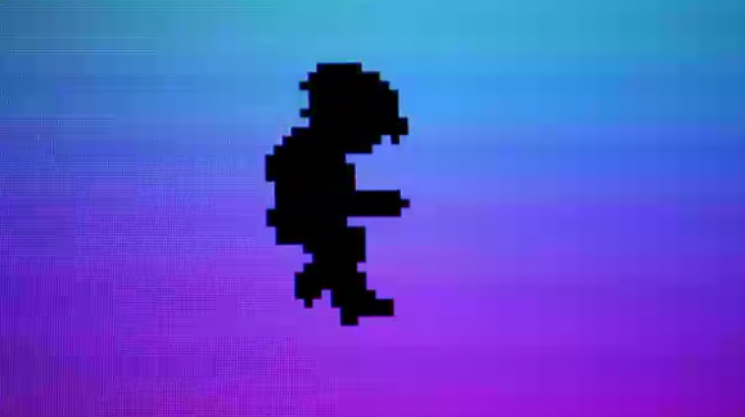
Mon, 05/14/2012 - 05:34 by Douglas Haddow
"When I was your age, Pluto was a planet."
- Some woman on the bus the other day, talking on her iPhone
Very few Youtube clips have moved me to the point where my emotions bubble up from underneath the surface of my skin. In fact, if memory serves, I’ve never really felt anything while watching Youtube beyond a form of suspended amusement – the sort of numbed delight you feel while you’re staring into a microwave, watching a slice of leftover pizza slowly rotate back towards edibility.
The medium seems to produce the types of content that caters to our most base psychological urges: cuteness and schadenfreude. We like watching cute animals do stupid shit because our neurotransmitters totally dig on paedomorphism. And we love seeing strangers getting maimed by all forms of misfortune because behind the body spray and Banana Republic, we’re still just slobbering cavemen with primitive brain stems.
There’s plenty of cats getting stuck in boxes and idiots getting nutted with rubber bullets, but rarely does Youtube produce a video that warrants reflection. The format is simply not conducive to artfulness. But Go Right, a superclip of various classic videogames, is an exception. It boils the beloved side-scrollers of the ‘80s and ‘90s down to their raw, human elements: life and death, and that little bit in between where we panic, then reconcile our mortality with an indifferent universe.
It’s the human condition rendered in chunky pixels. It’s also a textbook example of Gen Y nostalgia. But its power could well be overlooked by those who view such formalistic exercises as nothing more than the melancholic self-tuggery of overgrown children.
One could assemble a similar video using actual flesh and blood historical events - the felling of the Berlin Wall, the defrocking of the first Female Prime Minister, natural disasters, flies on corpses, love, sex, sports heroics, and so forth. But it wouldn’t carry an ounce of Go Right’s emotional gravity. I would feel nothing, and neither would you.
Now why is that? The obvious answer is that we’ve become anesthetized to dramatic imagery due to an overconsumption of news, which itself is overly dependent on dramatic imagery. But that’s not it. We feel real pain when we look into the eager, innocent, and wide-eyed expressions of these 8-bit crusaders because for a moment in time we were them and they were us.
Anyone who has smashed a controller against a wall in frustration or gone without sleep just to finish a level has experienced the heart-breaking loneliness of their solitary journeys. You’ve tasted the thrill of their victories, and smelled the agony of their defeat, over and over and over.
Now play the video again, then hit pause at 1:17 and watch as baby Mario’s bubble is burst and he falls to his death. All of the characters then stop and try to retrace their steps, only to come up against the edge of the screen, unable to move and with nowhere to go.
It’s a rather clever metanarrative, one that speaks to the physical limitations of classic games, but also gives a nod to our current historical moment and the ongoing evolution of the Gen Y cohort.
The optimism of the ‘80s and ‘90s has been dragged into the dustbin of history. The world as it once was no longer exists, and if you try to go back you’ll end up crouching in the corner as the clock ticks down, stagnant and imperiled, like some braindead poseur who buys an overpiced condo just before the crash.
Nope. The only way to go is right.
Shred the future.
Hack the planet.
And don't stress about the princess, she never really existed anyways.





Add comment